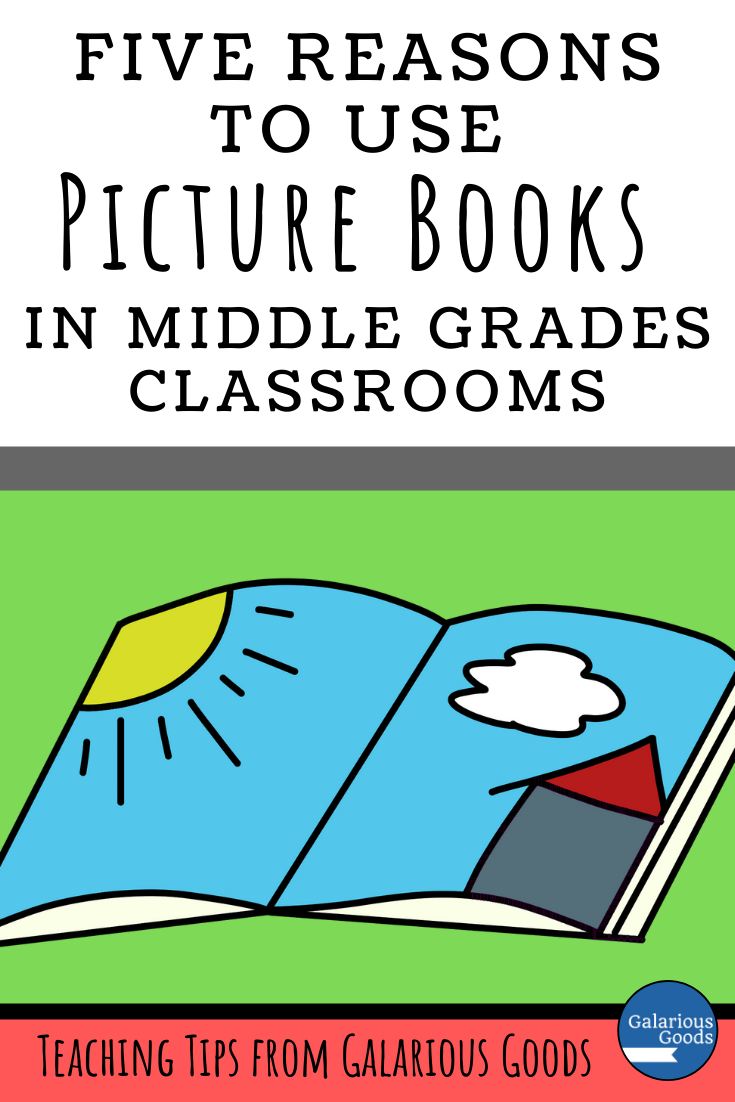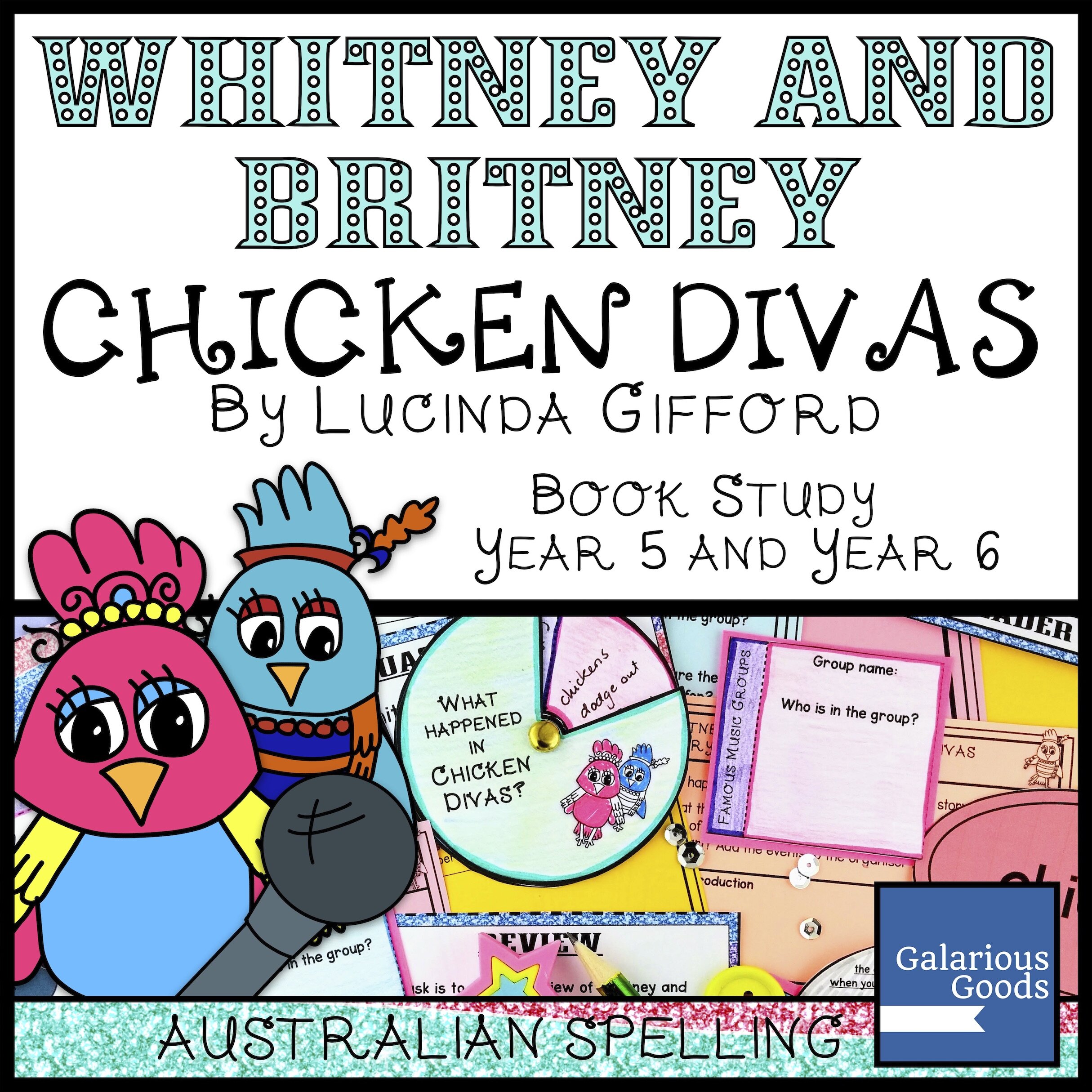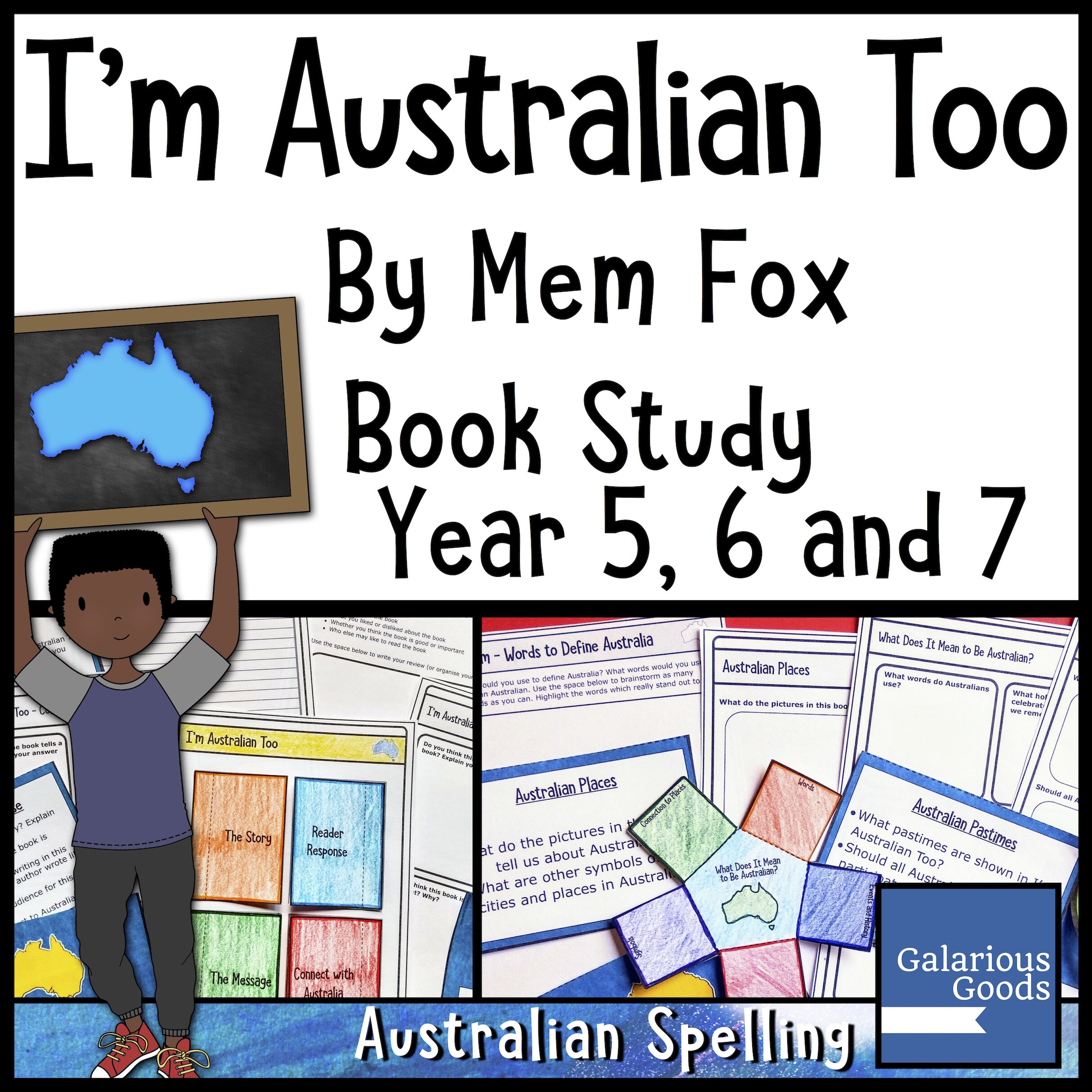Five Reasons to Use Picture Books in Middle Grades Classrooms
/Books with pictures can sometimes get a bad reputation as 'lesser books'. Once we're able to read novels - the 'important' books, we're supposed to put away our books with pictures - relics of our younger childhoods. However, there is so much we and our students can learn from picture books and plenty of reasons to make sure they find a home in middle grades classrooms.
1. Picture Books Are More Complex Than You Might Think
There can be a stereotype of picture books as early readers. While it's definitely true that a number of picture books are written for young children, there's an increasing number of complex picture books written and illustrated for older readers. The books of Shaun Tan, for example, contain intricate and complex illustrations and themes and ideas which can take multiple rereadings to untangle. Many picture books contain unnamed themes which allow students to flex their inferencing muscles. Illustrations can also allow students to examine prediction or question the choices of the illustrator in matching the words of the writers. It's well worth taking time to look through picture books to find those more complex books.
2. Picture Books Cover A Wide Range of Topics
As well as fictional stories, you can find plenty of biographies, history and science picture books. Many of these books present information on complex topics in a clear and simple fashion and they're great as an introduction to a discussion or a topic of study. Even books aimed at the youngest children could be used like this in the classroom - I recently bought a board book called Rocket Science for Babies which would be a great introduction to a science class or a great way for students to explore how scientific topics can be explained for a wider audience.
3. Picture Books Can Be Easier to Manage in the Classroom Than Novels
When students read novels as part of a small group or class, it really is important that all the students have their own books. Sharing novels can be frustrating for slower or faster readers and make it harder for students to follow the narratives. Picture books can be more easily shared between pairs or groups because each page is meant to be taken in as it is. Teachers can also use picture books to lead small group or class discussions - their larger size can make it easier for all the children to see and discuss illustrations.
Picture books can also be easier to fit into crowded classroom timetables. Students can easily finish, discuss and analyse a picture book in one or two lessons, where a novel requires a much bigger block of time to complete and discuss. This is particularly useful when looking for texts which share certain literary techniques like personification, rhyme schemes or allegories.
4. Picture Books Improve Visual Literacy
More and more information is shared through graphics and images these days and it's important that students learn to 'read' these as well as text. Picture books can be used as one way of improving visual literacy. Students can examine what aspects of the text the illustrator chose to depict and how they chose to depict it. They can look at the style the illustrator used to tell a story and how it might be different if a different illustrator had been used. They can question the choices the illustrator made and how they make an impact on the story as a whole. This can also be connected with art classes as students explore different artistic techniques used in picture books (the works of Jeannie Baker, Shaun Tan, Bruce Whatley or Freya Blackwood would be fascinating to explore here!)
5. Picture Book Allow For Effective Differentiation
The shorter length and shorter text of picture books can make them excellent tools for students who have difficulties with reading or need assistance to focus for longer periods of time. Students are more likely to finish picture books in a short amount of time, allowing for feelings of mastery and growth and building self-efficacy for future challenges. The wide range of picture books available means that it is possible to find ones which suit particular interests and wordless picture books can also assist students to find themes, ideas and literary techniques without needing to decode words. Picture books can also allow for in-depth and extensive examinations of theme and exploration of the choices of the authors and illustrators, allowing advanced or gifted students to reflect on how they might apply what they have learned to their own writing.

















